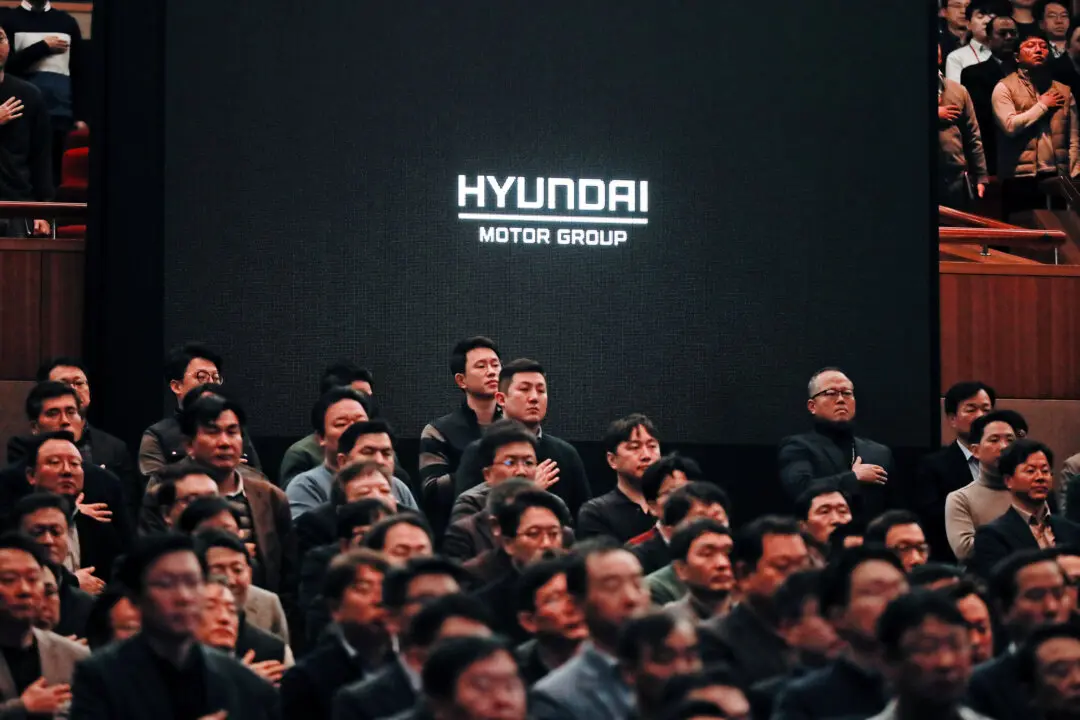DETROIT—General Motors Co. President Dan Ammann will take over as chief executive of the automaker’s majority-owned Cruise self-driving car subsidiary, trading in the No. 2 job at one of the world’s largest automakers for a front-row position in the race to render traditional cars obsolete.
Ammann’s move, announced by GM and Cruise on Nov. 29 and effective Jan. 1, underscores the challenges for legacy automakers as they compete for capital and talent with transport companies born from the digital technology and artificial intelligence industries, such as rival Waymo, the self-driving car unit of Alphabet Inc., or Tesla Inc.





